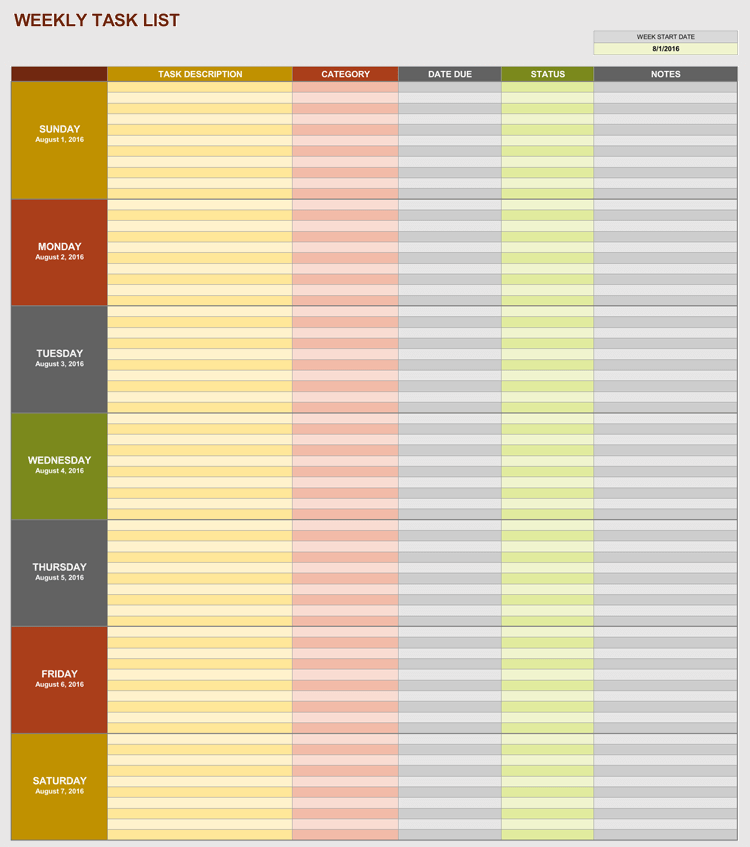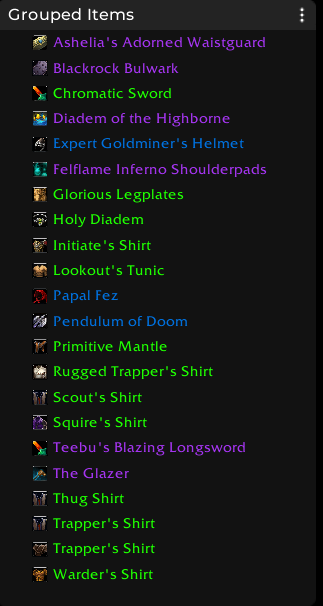


We’ll do another post on using the various functions to make advanced settings. You could for instance make price that was crafting+200g if you want to get 200 gold in profit as a minimum. TSM accepts addition, multiplication, subtraction and division. This is what I typically use as a minimum price in my crafting markets as it guarantees a 20% profit margin as long as I have my material costs dialed in. This one will evaluate to 120% of the crafting cost. You can also think of them as variables in a math setting if you are familiar with that.Ī very simple formula would simply be 120%crafting. To use these sources we will use them in a similar manner to variables in programming. This is the required level of the item in question. This can be useful for flipping high level battle pets or for using one operation for BoE flipping of various item levels. This will let you refer to an items item level. This is the quality of the item in question, which translates to 1 = white, 2 = uncommon, 3 = Rare and 4 = Epic. This can be useful in slow moving markets to eventually vendor your item if it does not sell within a certain number of expires. This counts the number of times an item has expired. I don’t currently use this in any formulas, but it can be useful. This is the average number of items sold per day for an item. It is the percentage of auctions that are expected to sell presented as a decimal number. There are some sources that are not related to the price of the items in question, but other statistics, we’ll go through some of them quickly below. These two source represents your average purchase price and average sale price for the item in question. These two sources reference the vendor pruchase and vendor sale value of an item. For most materials the cost will be dbmarket. The default string for the material costs can be found under crafting in TSM. It then multiplies the required materials with the material cost for the materials. It’s calculated by finding the material requirements by scanning your profession. It represents the crafting cost of a crafted item. CraftingĬrafting is one of the most useful value sources in TSM. I am not currently using this one in any of my operations, but I did use it in my transmog operation when I was active in that market. This is the average sale price for your region.

It’s particularly useful for markets where you want to compare prices across realms such as BoE flipping and Battle pets. Dbregionmarketavgĭbregionmarketavg represents the average Dbmarket across your region. This can be great for old world materials for instance, as they will typically fluctuate less than current expansion materials. Dbhistoricalĭbhistorical is very similar to dbmarket, except it is based on the average over the last 90 days, which makes it much more stable. Simply said it’s based on an average over the last 14 days. It is calculated through a slightly complicated algorithm. Dbmarketĭbmarket represents the market value of an item. It is generally not particularly useful in auctioning operations, but it’s very useful for figuring out the profitability of crafts. Dbminbuyoutĭbminbuyout refers to the minimum buyout on the auction house.

Looking at the sources Auction house sourcesĪ lot of the sources are based on the auction house prices of an item, we’ll go through those first. So any source that is based on the market value of an item will only apply to that item, this is the largest advantage of this approach as it ensures you can use one operation for a lot of different items. When used in an operation that is applied to a group with a lot of items TSM will automatically calculate the value sources separately for each item. This means you can use pricing settings with value sources and it will use the TSM database and desktop application to ensure that your operations reflect any changes in the price. The advantage of a value source is that it will be evaluated separately for every item.
Tsm4 task list full#
I covered this briefly in my last post, but today we look at the full breadth of options. They have descriptive names that you can refer to directly in the pricing string box. Value sources are variables that refer to a specific number related to an item. Value sources are an incredibly important concept in TSM. The value sources offer a much more flexible approach as they use the TSM database to get prices related to the specific items in your groups. You can enter a fixed gold value, or you can use the built in value sources in TSM. I will go through the most important value sources in TSM and show you how you can utilize them in your operations. In this post we will take a deeper dive into the pricing settings of TSM.


 0 kommentar(er)
0 kommentar(er)
